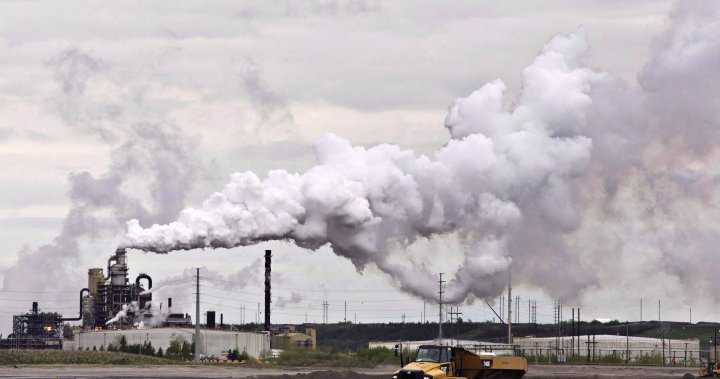In a surprising turn that has sent ripples through Canada’s environmental community, Mark Carney’s climate credentials are facing unprecedented scrutiny from the very advocates who once championed his leadership. The former Bank of Canada governor, long positioned as a bridge between financial systems and climate action, now finds himself at the center of a growing controversy over his dual roles in climate advocacy and the energy sector.
“There’s an inherent contradiction that can’t be ignored,” says Keith Stewart, senior energy strategist with Greenpeace Canada. “You simply cannot claim to be a climate leader while maintaining significant financial interests in fossil fuel expansion.”
The criticism comes as Carney attempts to balance his position as UN Special Envoy on Climate Action and Finance with his role at Brookfield Asset Management, which maintains substantial investments in oil and gas infrastructure. This delicate balancing act has become increasingly untenable for climate advocates who point to what they describe as fundamental inconsistencies in his approach.
At the heart of the controversy is Canada’s struggle to reconcile its ambitious climate targets with its status as a major oil producer. The Trudeau government’s climate policies, which Carney has helped shape, aim to reduce emissions while simultaneously supporting fossil fuel production – a position that environmental groups increasingly view as contradictory.
“We’re witnessing the limits of incremental change,” explains Catherine Abreu, founder of Destination Zero. “The science demands rapid decarbonization, while Canada’s approach continues to accommodate fossil fuel expansion. That gap is becoming impossible to ignore.”
The scrutiny of Carney reflects a broader shift in climate advocacy, with activists increasingly focused on the financial sector’s role in enabling continued fossil fuel development. His position exemplifies the challenge facing financial leaders who attempt to navigate both worlds – promoting climate action while remaining invested in traditional energy.
Financial records examined by CO24 Business reveal that Brookfield’s energy portfolio continues to include significant fossil fuel assets alongside its growing renewable investments. This hybrid approach, once seen as pragmatic, is increasingly viewed by climate advocates as inadequate given the urgency of emissions reductions required by climate science.
The controversy surrounding Carney highlights a fundamental question facing Canadian politics: can the country meaningfully address climate change while maintaining its identity as an energy superpower? The debate touches on core issues of economic transition and how quickly traditional energy infrastructure should be phased out.
“We’ve moved beyond the era where symbolic gestures and gradual transitions are sufficient,” notes Tzeporah Berman, international program director at Stand.earth. “The climate crisis demands clear choices and genuine leadership, not attempts to have it both ways.”
For his part, Carney defends his approach as realistic, arguing that the transition to a low-carbon economy must engage rather than alienate existing energy companies. His supporters point to his success in bringing financial institutions into climate conversations, creating frameworks that have moved trillions in investment toward climate-aligned goals.
The tension illustrates Canada‘s unique climate challenge – a resource-dependent economy attempting to lead on climate action. As global pressure intensifies for countries to align policies with the Paris Agreement’s temperature goals, figures like Carney who occupy the middle ground find themselves increasingly challenged from both sides.
As this debate unfolds, the fundamental question remains: in a world facing escalating climate impacts, can Canada continue pursuing policies that attempt to reconcile fossil fuel production with climate leadership? Or has the moment arrived when even moderate voices must choose a side?


















